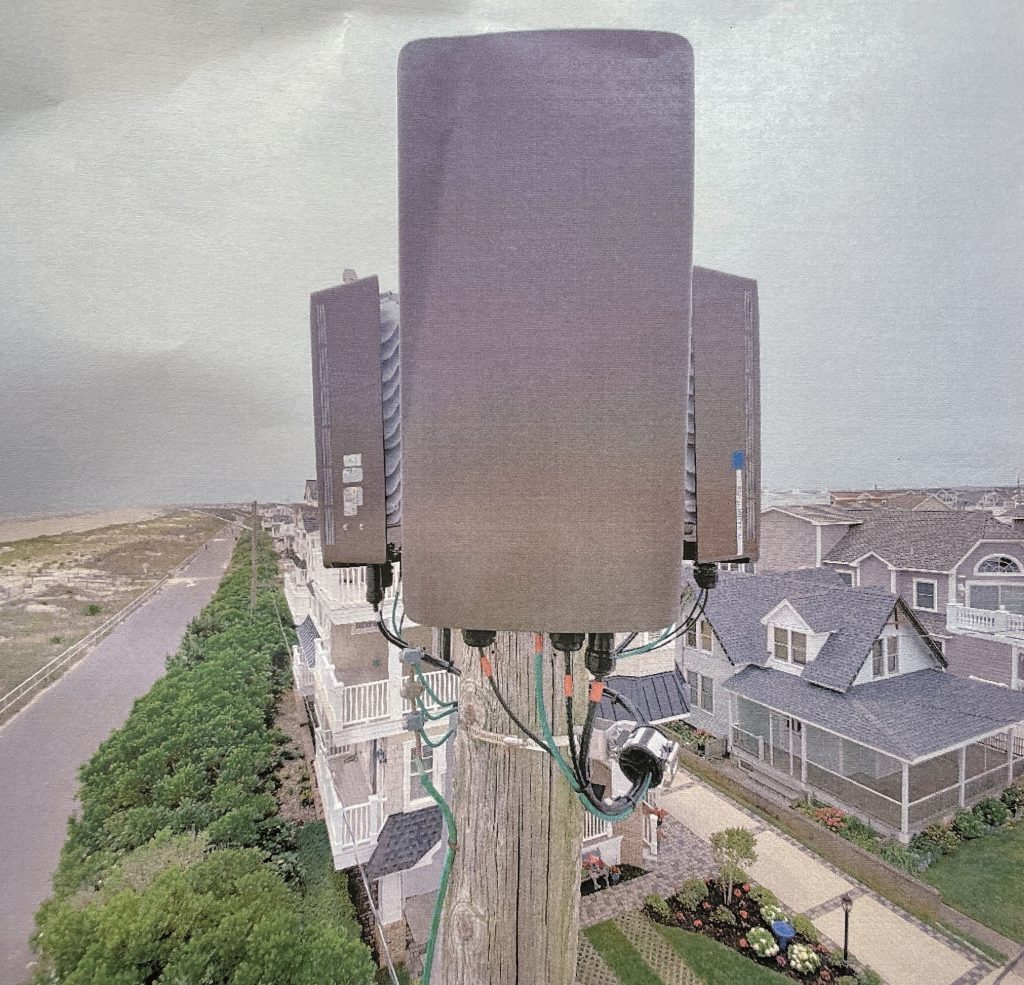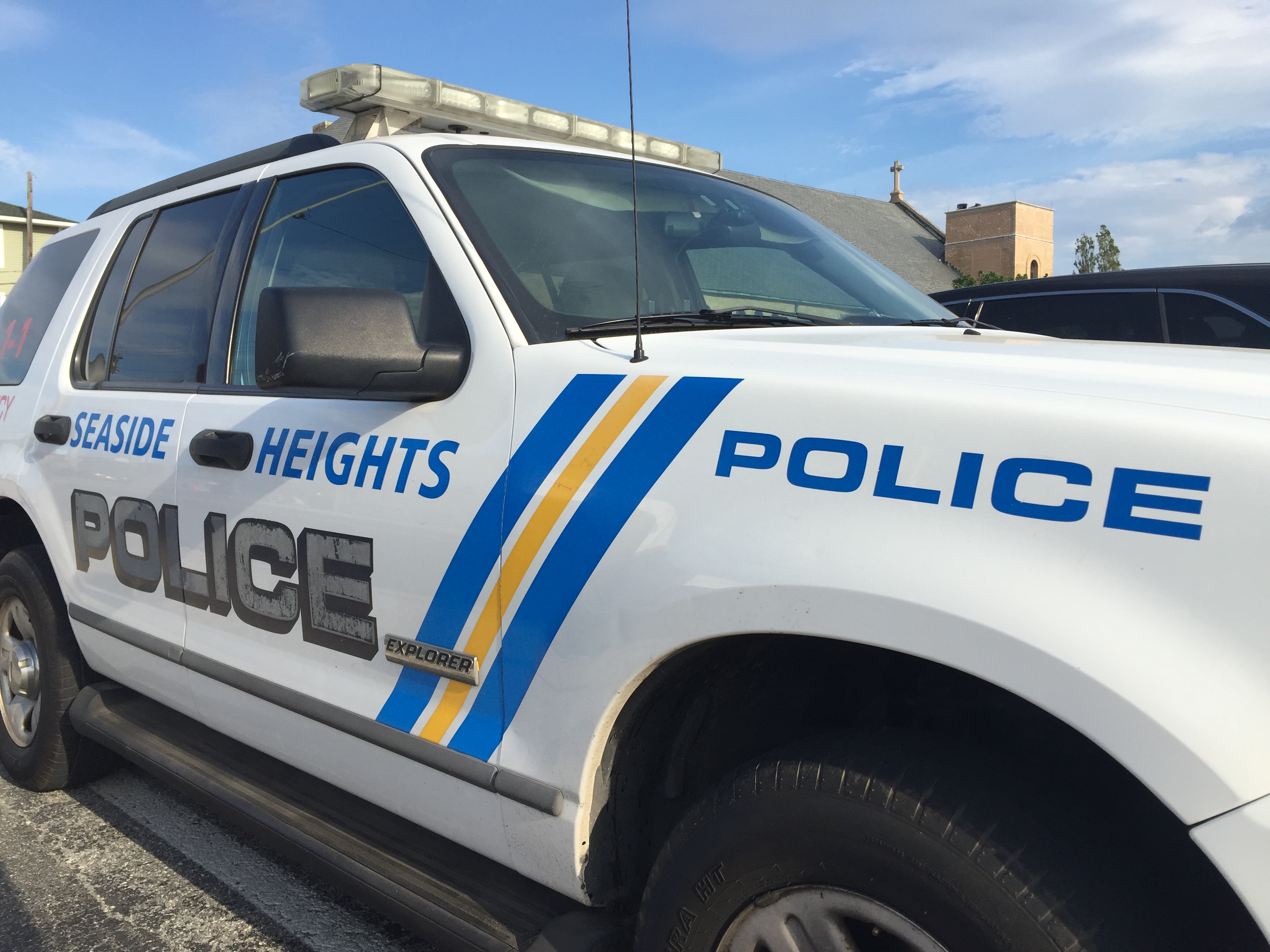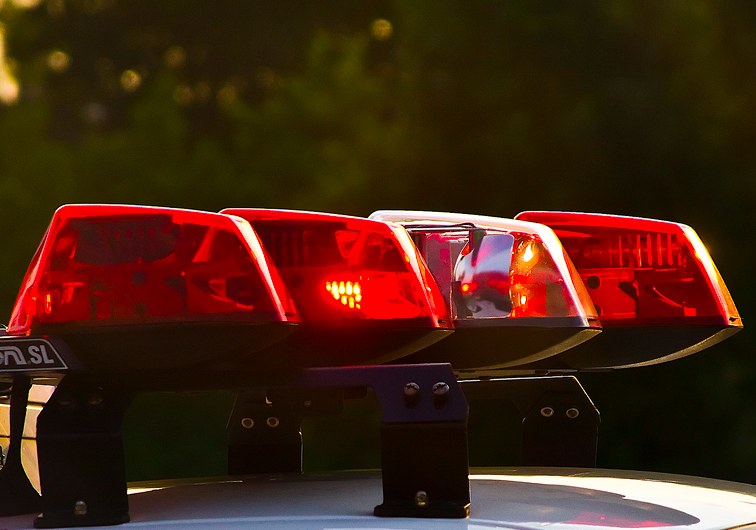It was such a simple request, Verizon didn’t seem to question it. But the inclusion of a small requirement, and its wider legal justification, as a condition of the borough’s approval of 5G network equipment in town may very well have kicked off what has become a major national debate over network deployment near airports.
If you’re thinking it’s odd that a town with no airport – and only a few blocks wide – would somehow become a part of a game of brinkmanship between the aerospace and telecommunications industries (plus some inter-governmental federal rivalries for good measure), you’re probably not alone. But indeed, it appears the first legal nexus between FAA rules, FCC regulations, a lawmaking body and 5G infrastructure came at a meeting of the Lavallette borough council when the governing body forced Verizon to agree to adhere to all FAA regulations as part of its approval package to install seven utility pole-mounted 5G nodes around town.
With just hours to spare before Wednesday’s national 5G launch date of new frequencies on which 5G signals will be carried in the United States by two providers – Verizon and AT&T – the carriers voluntarily decided against switching on several large antennas on high towers near certain airports. The new frequencies in what is known as the C band are below those that radioaltimeters in commercial airliners utilize by about 200 megahertz, but airlines and some manufacturers have still expressed concern over interference.
The radioaltimeter in a modern airliners varies in its use cases depending on manufacturer, but all use the device to calculate altitude and approach criteria during instrument landings. In some cases, features such as planemaker Embraer’s “autoland” would have been blocked from use in airports with notoriously low visibility. That led to fears of canceled and diverted flights due to weather conditions that would otherwise not cause any issues. The telecommunications industry has said the technology is safe and has been proven abroad.
“The Federal Aviation Administration (FAA) and our nation’s airlines have not been able to fully resolve navigating 5G around airports, despite it being safe and fully operational in more than 40 other countries,” Verizon said Tuesday afternoon in a statement.
So what is the Lavallette connection?

A computer rendering of what 5G network nodes will look like in Lavallette. (Source: Verizon via Lavallette Borough)
“We were working on the original applications from Verizon,” said Borough Attorney Philip G George. “We noticed that there was some correspondence that referenced the 1996 Telecommunications Act, which is when they promulgated radiofrequency standards.”
At the time, Lavallette was locked in a standoff with Verizon over the proposed 5G nodes to be placed on utility poles. The company hosted several meetings, and borough officials initially declined to approve the company’s application after they refused to meet several terms, including providing radiofrequency measuring equipment to local emergency workers.
Ultimately, facing the stated threat of a federal lawsuit that would likely have led to millions of dollars in legal fees, the borough held another vote on the approvals. This time, the council’s fewer stipulations passed muster with Verizon’s attorney, and the nodes were approved for installation. One of those stipulations was unusual, however: Verizon must comply, even in Lavallette, with all radiofrequency regulations set by the FAA in addition to the FCC.
“I found that one little note about the FAA and wondered, ‘what the heck does the FAA have to say about this?’ George recalled. “Well, it turns out there’s a comment from a company saying the radioaltimeters were sensitive to one particular band. I suggested we bring it up at the meeting. We brought it up, and everybody went aghast. No one ever heard of it before.”
The remaining question, of course, is how the FAA’s radioaltimeter concerns could ever affect Lavallette.
“We have an emergency heliport on the bay and we have the approach to Joint Base McGuire-Dix-Lakehurst coming right over us,” said George.
The FAA requirement netted one sentence of coverage in Shorebeat’s story about the 5G network approval, but the word got out. An industry publication followed up in-depth, sparking what has now become a battle of two heavyweight corporate interests in Washington.
“We discovered this on a back page, covered with dust, and it became a national issue,” said Mayor Walter LaCicero.
Locally-installed 5G network nodes do not carry the same power or disbursement of large tower-mounted antennas, however the expanded frequencies will become active Wednesday except in the areas around about 20 airports, most of which have visibility hindrances.
LaCicero said the airlines “went right to the brink” on the matter, similar to how the companies dealt with towns like Lavallette that opposed some aspects of 5G deployment. But it was just a bit of curiosity – and pen put to legal pad – that will solidify Lavallette’s place in history as an unlikely factor in America’s 5G infrastructure.

Advertisement

Police, Fire & Courts
Police Investigating Possible Shots Fired in Seaside Heights

Police, Fire & Courts
Cops: Juvenile Arrested After 118mph Joy Ride in Seaside Heights, Toms River Kills 2

Seaside Heights & Seaside Park
Seaside Heights Mourns Passing of Boardwalk Legend, Still Working Into His 90s

Police, Fire & Courts
Vehicle Careens Off Route 37 Causeway, Driver Gets Multiple Summonses








